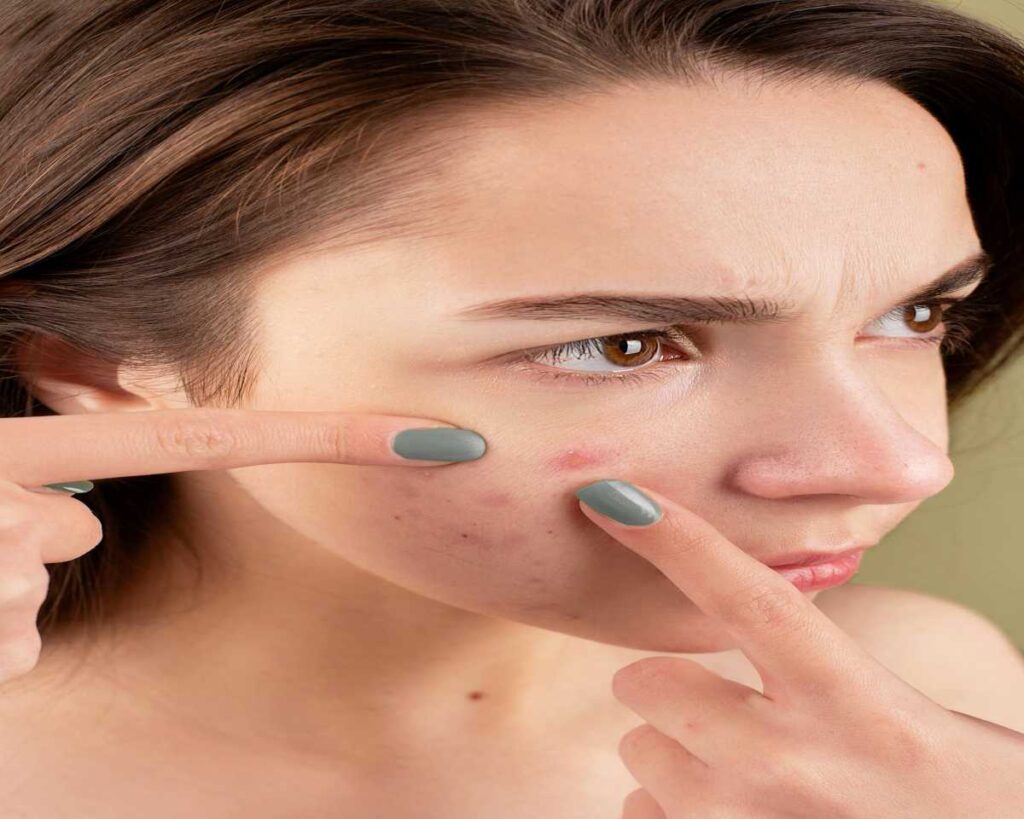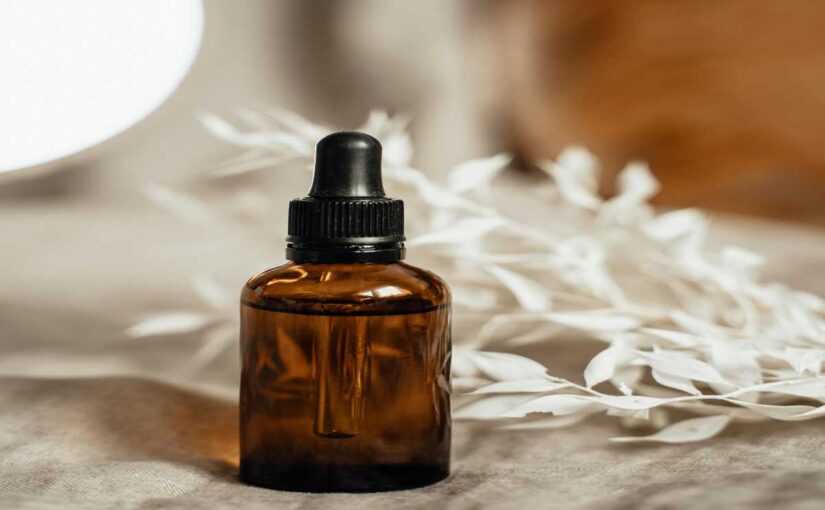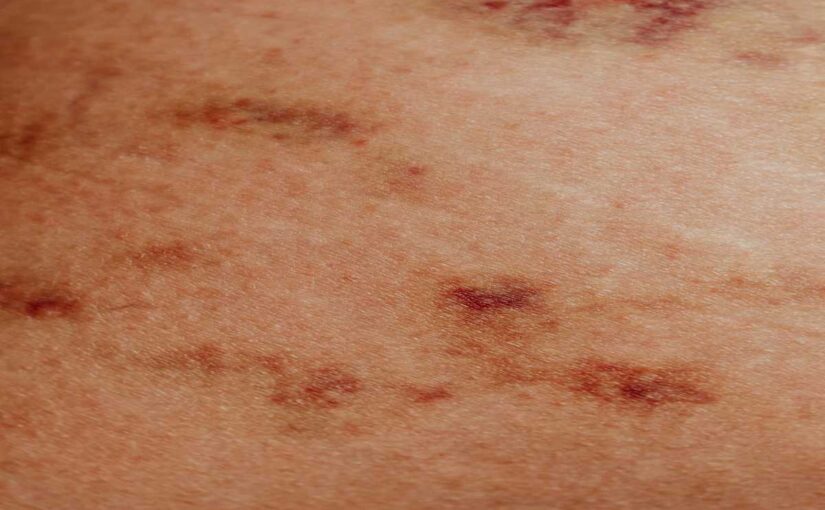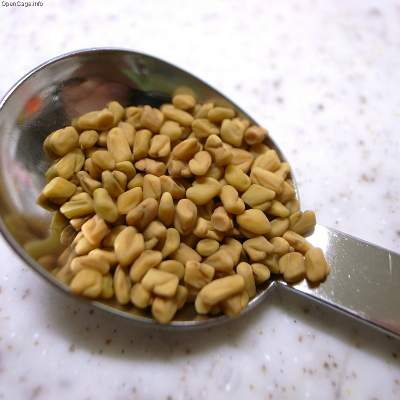Pimples are a common skin issue that many people experience, especially during adolescence. While there are countless treatments available, some people resort to using toothpaste as a quick remedy for pimples. But does this household item actually work, and is it safe? In this blog, we’ll explore the use of toothpaste for treating pimples, its effectiveness, and alternative methods for acne treatment.
What’s in Toothpaste?
Toothpaste is designed to clean teeth and freshen breath, but its ingredients can vary widely depending on the brand and type. Common components found in toothpaste include:
- Fluoride: Helps prevent tooth decay but has no acne-fighting properties.
- Abrasives: Like calcium carbonate or silica, used to scrub teeth, which can irritate the skin.
- Antimicrobial agents: Such as triclosan, which can reduce bacteria in the mouth but may not be effective against acne-causing bacteria.
- Alcohol and menthol: Provide a cooling sensation and can cause dryness, which some believe helps dry out pimples.
Some people find that the drying agents in toothpaste, particularly those containing baking soda or hydrogen peroxide, can help reduce the appearance of pimples. However, the effectiveness of toothpaste as an acne treatment is highly debated.
How to Use Toothpaste for Pimples
If you decide to try toothpaste as a pimple treatment, follow these steps:
- Choose the Right Toothpaste: Use a plain white toothpaste without any added colors, flavors, or gels. Avoid toothpastes that contain fluoride and those with strong abrasives.
- Clean Your Face: Wash your face with a gentle cleanser to remove dirt, oil, and makeup. Pat your skin dry with a clean towel.
- Apply a Small Amount: Using a cotton swab or your fingertip, apply a tiny dot of toothpaste directly onto the pimple. Avoid spreading it on surrounding skin to minimize irritation.
- Leave it On: Let the toothpaste sit on the pimple for about 5 to 30 minutes. Some people recommend leaving it on overnight for better results, but this can lead to skin irritation.
- Rinse Off: Gently wash your face with lukewarm water and pat dry. Follow up with a moisturizer to combat any dryness.
Potential Risks and Drawbacks
While some may see temporary results using toothpaste on pimples, there are significant risks and drawbacks to consider:
- Skin Irritation: Many ingredients in toothpaste can irritate the skin, leading to redness, peeling, or even chemical burns in some cases. This is particularly true for sensitive skin.
- Not a Permanent Solution: Toothpaste does not treat the underlying causes of acne, such as excess oil production, clogged pores, or hormonal changes. The effects are usually short-lived.
- Infection Risk: Applying toothpaste may disrupt the skin barrier, increasing the risk of bacterial infections or worsening existing acne.
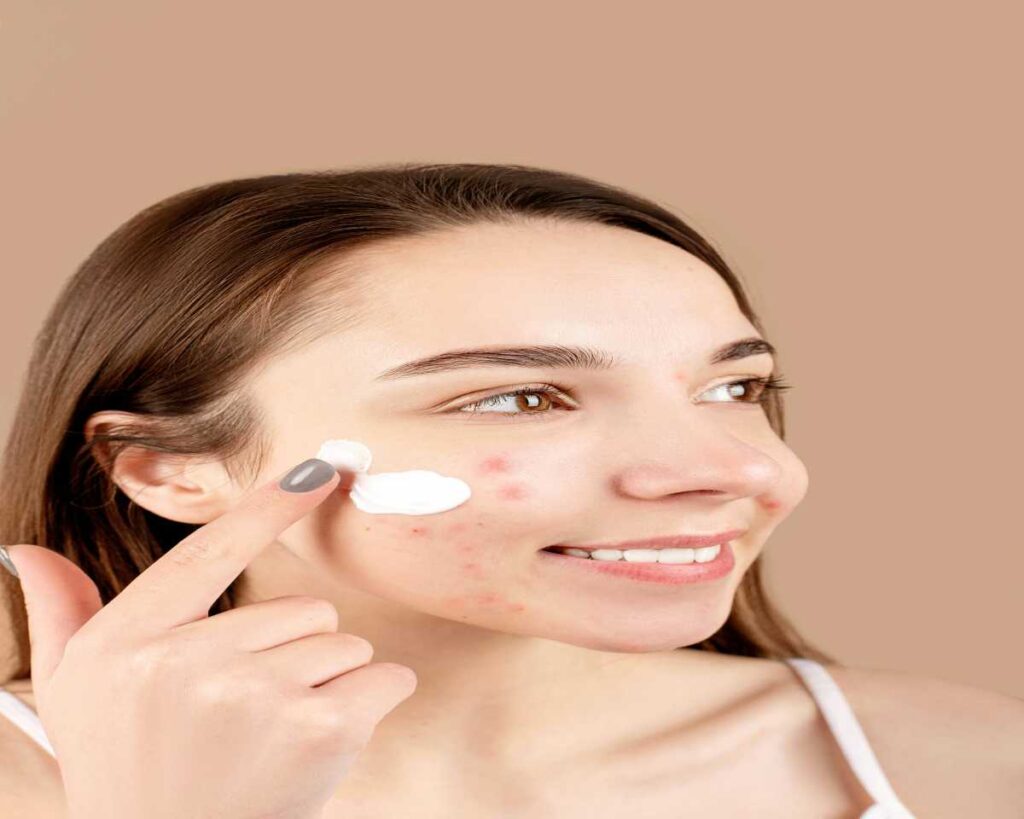
Better Alternatives for Treating Pimples
Instead of reaching for toothpaste, consider these safer and more effective alternatives:
- Benzoyl Peroxide: An over-the-counter treatment that kills acne-causing bacteria and helps unclog pores. It comes in various forms, including gels, creams, and washes.
- Salicylic Acid: This beta hydroxy acid helps exfoliate the skin, keeping pores clear and reducing inflammation. It’s available in cleansers, spot treatments, and pads.
- Tea Tree Oil: A natural antiseptic with anti-inflammatory properties. Dilute tea tree oil with a carrier oil (like coconut oil) and apply it to the affected area.
- Retinoids: Prescription-strength retinoids like tretinoin can help prevent clogged pores and promote skin cell turnover, leading to clearer skin over time.
- Professional Treatments: If acne persists, consider seeing a dermatologist for treatments like chemical peels, laser therapy, or prescription medications.
Conclusion
While using toothpaste on pimples may seem like a quick and easy solution, the potential for irritation and ineffectiveness outweighs the benefits. Instead, opt for proven acne treatments that target the underlying causes of pimples and promote overall skin health. Always consult with a dermatologist for personalized advice and treatment options tailored to your skin type and concerns. Remember, healthy skin requires a consistent skincare routine and patience!

